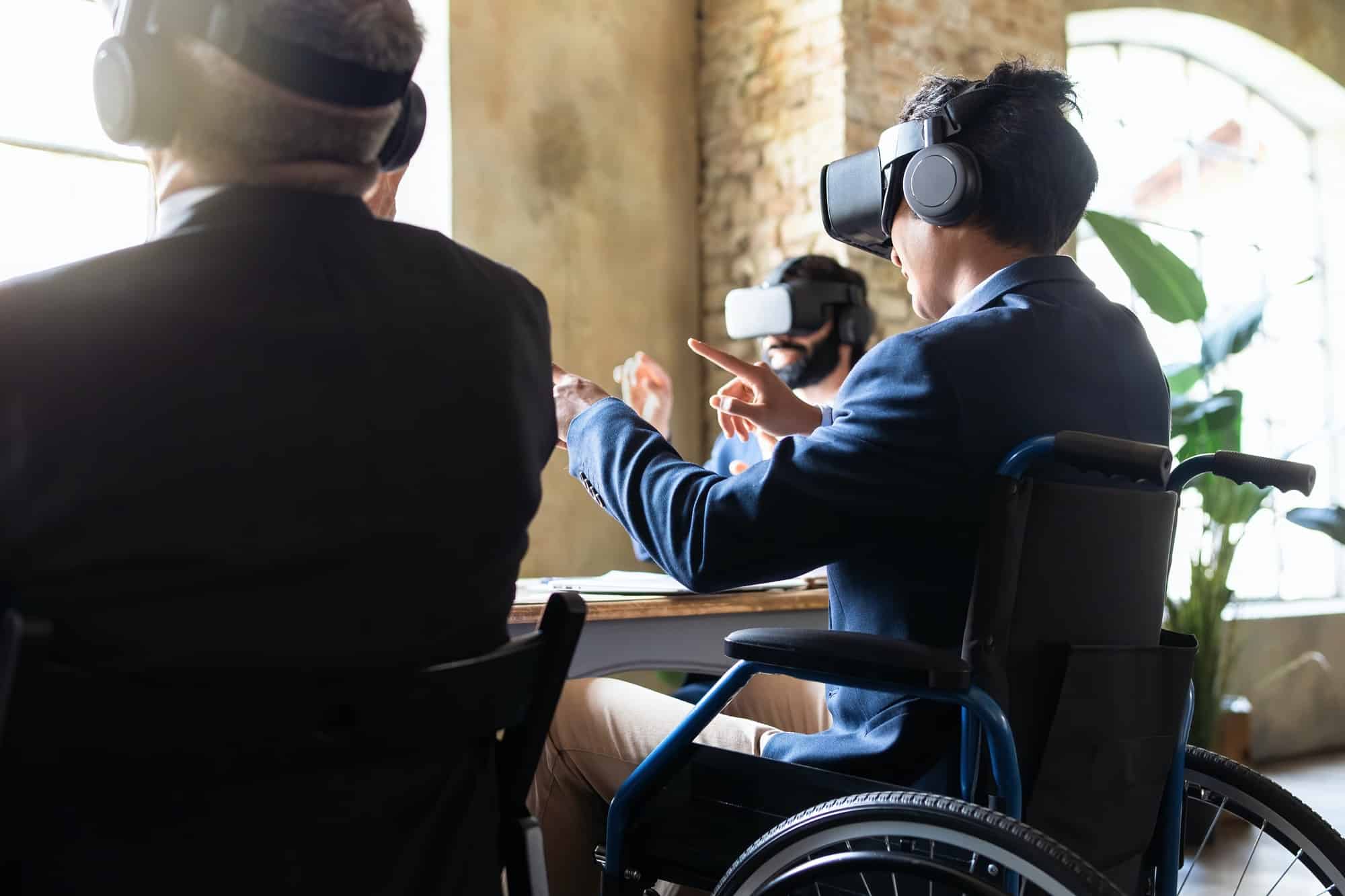Virtual Reality (VR) has evolved dramatically in the past few years and reshaped the gaming industry by offering immersive and interactive experiences. As of 2024, more game developers are focused on integrating the virtual reality technology into gaming consoles to provide users a richer experience. However, seamless VR integration with consoles is not as simple as it sounds and comes with its own set of challenges. These challenges range from hardware development to user experiences and the potential future of gaming.
The Hardware Development Challenge
The first and foremost challenge in achieving seamless VR integration with consoles is hardware development. The current hardware of many gaming consoles is not equipped to support the advanced technology required for VR.
A lire en complément : How Is Gaming Console Durability Being Addressed in Design?
VR needs robust processing power, high memory, and fast refresh rates, features that are not present in all current-generation consoles. Moreover, developers face the challenge of creating a VR headset that is comfortable, lightweight, and reasonably priced. Many VR headsets today are bulky and often cause discomfort to the users after extended periods of use. Building a console that is VR-ready with an accompanying headset that suits all these requirements is a challenge that is yet to be completely overcome.
Additionally, ensuring that the VR hardware is accessible to the majority of gamers is another challenge. Creating a device that not only offers superior technology but is also affordable to the average gamer is no easy task.
Lire également : What Innovations Are Expected in Multi-Device Connectivity for Consoles?
Creating Immersive Experiences
The next big challenge is to create immersive experiences within games. VR involves making the players feel like they are physically present in the game environment, which is an extensive task. The game developers have to create a 360-degree environment, realistic sounds, and even haptic feedback for a fully immersive user experience.
This entails not only the creation of realistic graphics but also the optimization of game physics, artificial intelligence, and sound design. All these components must work together harmoniously to create an immersive experience, which is a daunting task for even the most experienced game developers. A slight imbalance or lack in any of these components can significantly diminish the overall VR experience for the players.
User Experience and Comfort
A good user experience is vital for any technology to succeed, and VR is no exception. While VR provides an immersive experience, it can also cause motion sickness in some users. This is because VR can sometimes confuse the brain, leading to dizziness and nausea.
Also, the user interface (UI) design for VR games is another challenge. The traditional gaming UI doesn’t transfer well to VR, causing developers to rethink how players will interact with the game. Creating an intuitive and user-friendly UI in a VR setting is a major challenge that developers are still grappling with.
Moreover, players should be able to play the game for extended periods without discomfort. However, current VR headsets are often heavy and can cause strain on the user’s head and neck.
The Future of Games and VR
The potential future of VR games is another challenge that developers face. As VR technology advances, so do the expectations of the players. They will expect more immersive experiences, more realistic graphics, and more interactive gameplay.
This means that developers will have to constantly evolve and upgrade their games to meet these expectations. They will need to experiment with different genres, create innovative gameplay mechanics, and continually push the boundaries of what is possible in a VR game.
The Potential of VR in Consoles
The final challenge in achieving seamless VR integration with consoles is realizing the full potential of VR. Currently, VR is primarily used for gaming, but it has the potential to be used for much more.
Imagine being able to attend a live concert or visit a museum from the comfort of your home. VR has the potential to revolutionize not just gaming, but entertainment as a whole. However, harnessing this potential and adapting it for consoles is a significant challenge that developers will need to overcome.
These challenges are indeed daunting, but they are not insurmountable. With continuous advancements in technology and persistent efforts from developers, seamless VR integration with consoles is a future we can look forward to. However, the journey towards that future is filled with hurdles that developers and the gaming industry will have to overcome. As gaming enthusiasts, it will be intriguing to see how this unfolds in the coming years.
The Challenges of Augmented Reality and Virtual Environments
Another challenge in the path of seamless VR integration with consoles is the development of augmented reality and virtual environments. This is a crucial element in offering an immersive experience to users. Augmented reality combines the physical world with virtual elements, enhancing the user’s perception of reality. This technology offers a middle ground between the fully immersive VR and the restriction of a standard gaming screen.
In order for players to engage with these virtual worlds, the environment must be visually stunning and responsive to the movements of the player. This involves creating high-resolution visual content and ensuring that it responds accurately and quickly to player’s movements and actions.
With the current technology, achieving this level of detail and responsiveness is a major challenge. On top of that, maintaining consistency between the virtual and physical worlds is another hurdle. For players to fully immerse themselves, the line between the virtual and physical worlds must be blurred, and this is not an easy task.
Motion Sickness and The Comfort of Using VR Headsets
One of the biggest hurdles to achieving seamless VR integration with consoles is the issue of motion sickness. This is a common problem among VR users, and it can significantly affect their gaming experiences. The disconnect between what the eyes see and what the body feels can lead to symptoms such as dizziness, nausea, and even vomiting.
For a truly immersive and comfortable experience, VR headsets must be lightweight and easy to use. That’s a challenge considering the current models available in the market. Devices such as the Oculus Rift or the HTC Vive have made significant strides in this area, but there’s still a lot to improve.
Ensuring comfort over long gaming sessions is another obstacle. Many VR headsets can cause discomfort and strain after prolonged use due to their weight and the pressure they put on the user’s face and neck.
Conclusion: The Future of VR Integration with Consoles
While the aforementioned challenges may seem daunting, they are not insurmountable. As technology advances, so does the possibility of achieving seamless VR integration with gaming consoles. The key is to maintain a steady pace of development and gradually overcome these hurdles.
The future of gaming lies in offering players more immersive and engaging experiences. As VR technology continues to evolve, we can look forward to seeing more advanced implementations in console games. The potentials of VR and AR in creating virtual worlds and augmented reality environments where players can interact with are immense.
The journey towards making VR an integral part of console gaming is filled with challenges, but the destination promises to be worth the effort. It will be interesting to witness the evolution of the gaming industry as it continues to explore and innovate in the field of VR. As gaming enthusiasts, we can look forward to experiencing richer and more immersive gaming experiences in the coming years. The age of seamless VR integration with consoles may not be here yet, but it is certainly on the horizon.











